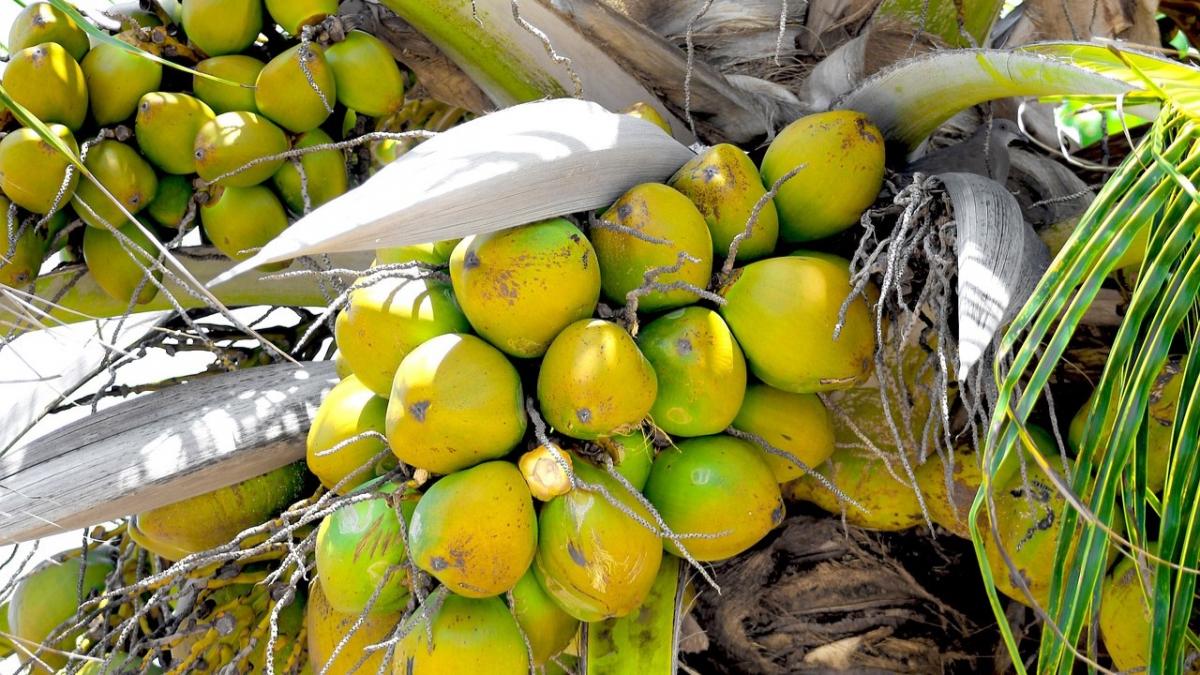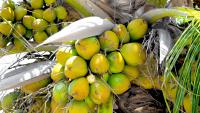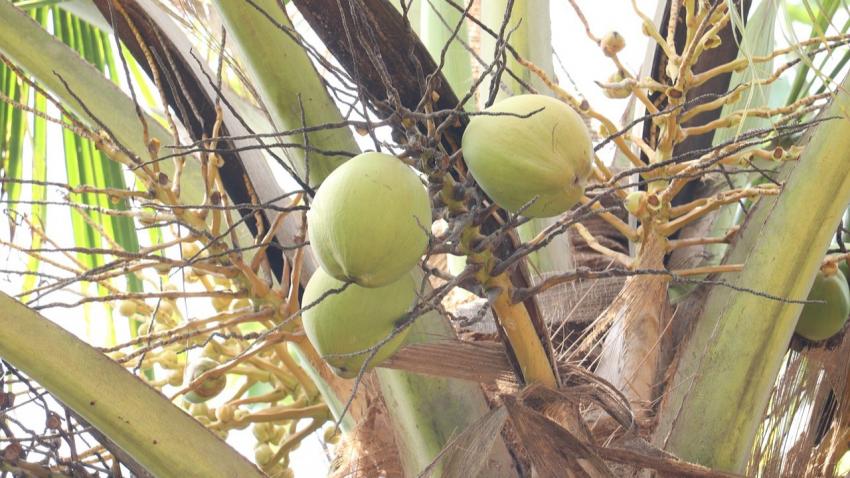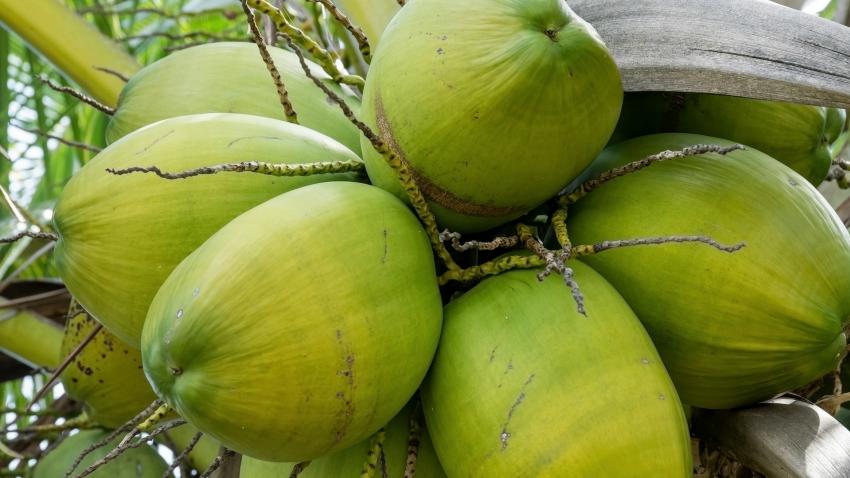You are here
Back to topFresh Indonesian Coconuts Granted China Market Access

On Nov. 15, the General Administration of Customs of China announced via its website that fresh coconuts from Indonesia meeting the stipulated phytosanitary requirements would be permissible for import into China.
Indonesia is a major coconut producer. In 2023, the country’s coconut output reached 2.83 million metric tons, with exports of coconut products valued at $1.55 billion, representing 38.3% of the global market share. Key export destinations include China, Malaysia and Singapore. Indonesia’s main coconut product exports include coconut oil and its derivatives, coconut milk, activated coconut shell charcoal and shredded coconut.
According to the GACC announcement, the Indonesian Quarantine Agency is required to register coconut plantations and packing facilities that wish to export to China. These plantations and facilities must then be approved by the GACC, which will publish the approved lists on its website.
Meanwhile, plantations are obligated to establish traceability systems and adhere to good agricultural practices and integrated pest management techniques. The packing facilities must be clean and hygienic, with hardened floors, a designated area for raw material storage and a warehouse for finished products.
During the packing process, fresh coconuts destined for China must undergo procedures including the removal of diseased or deformed fruits, sorting, grading and cleaning to ensure the absence of insects, mites, rotten fruits, branches, leaves, roots and soil.
China has identified a total of six quarantine pests of concern with respect to fresh coconuts from Indonesia, namely, the spiraling whitefly (Aleurodicus dispersus), black thread scale (Ischnaspis longirostris), guava long scale (Lepidosaphes tapleyi), coffee mealybug (Planococcus lilacinus), passionvine mealybug (Planococcus minor) and stellate scale (Vinsonia stellifera).
In the first two years of exports, Indonesian authorities must take samples of each shipment, inspecting no less than 2% of each batch. If no phytosanitary issues are detected during this two-year period, the sampling rate may be reduced to 1%.
Image: Pixabay
This article was translated from Chinese. Read the original article.

















Add new comment